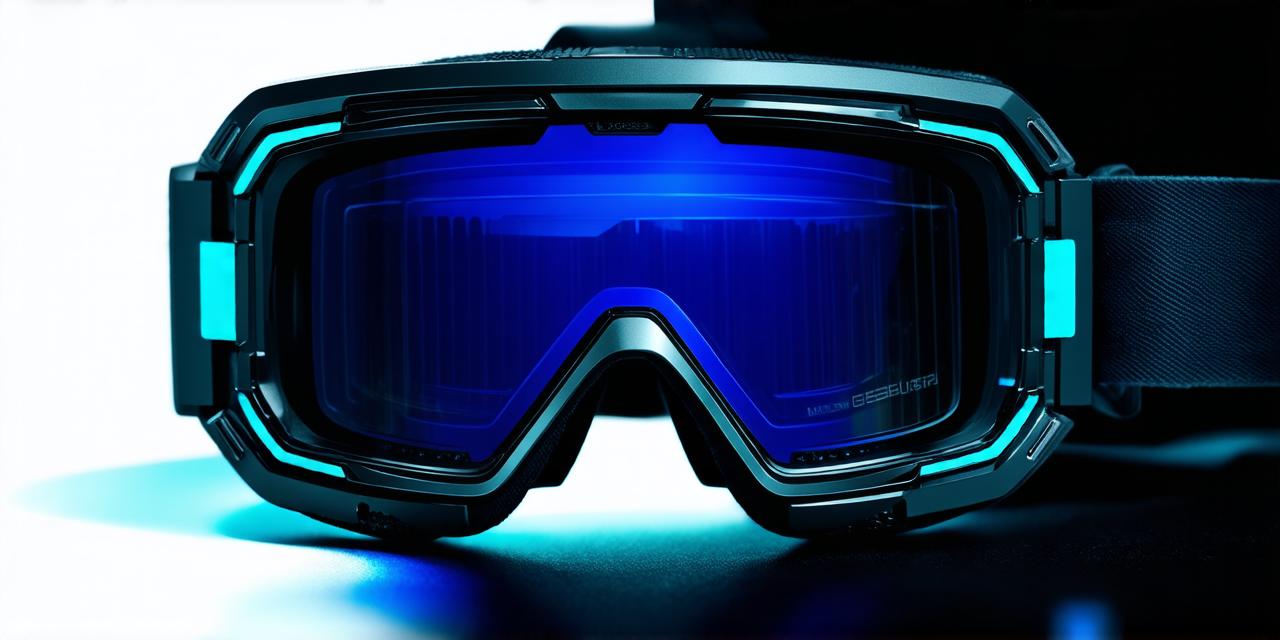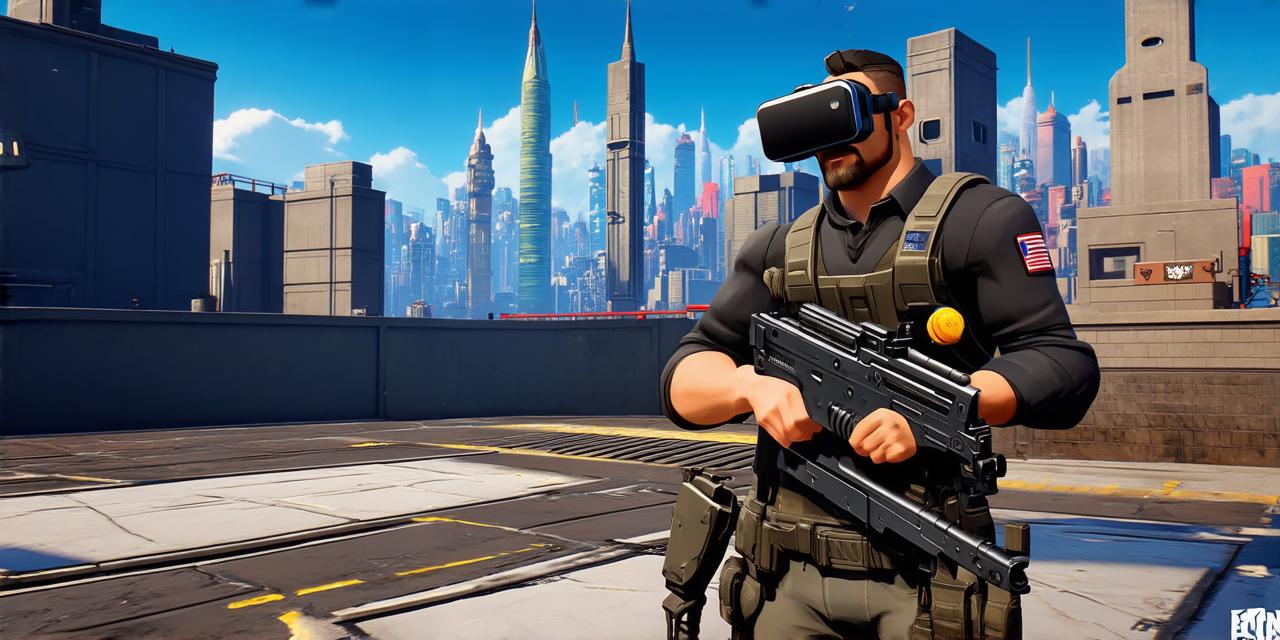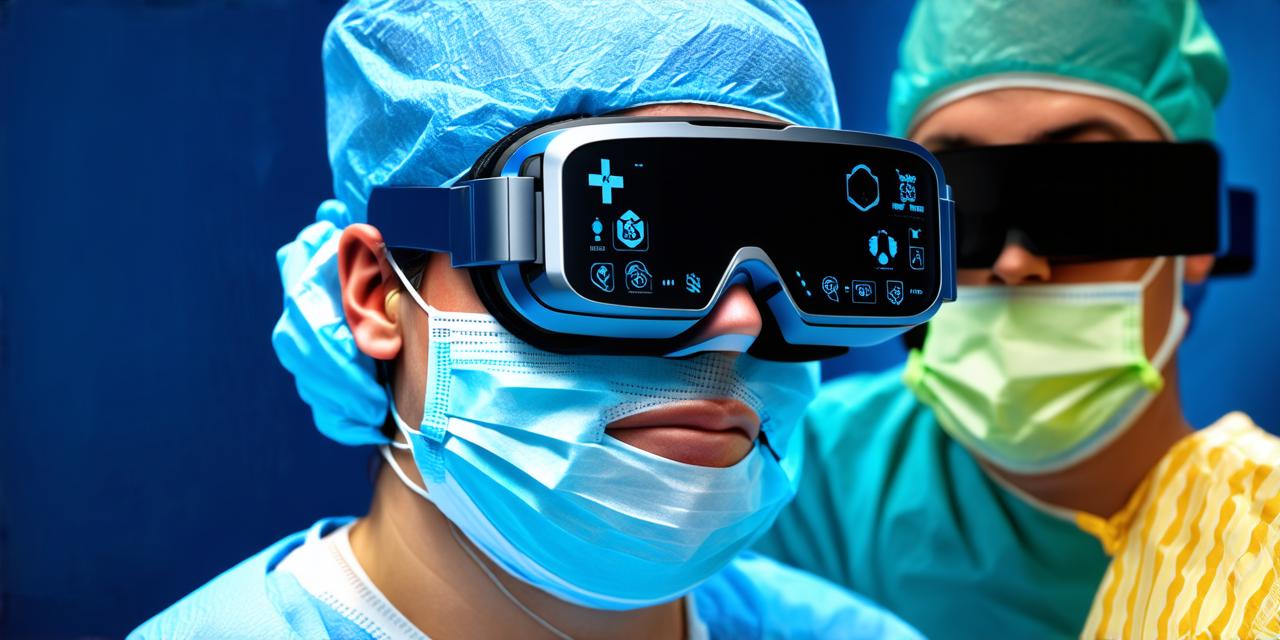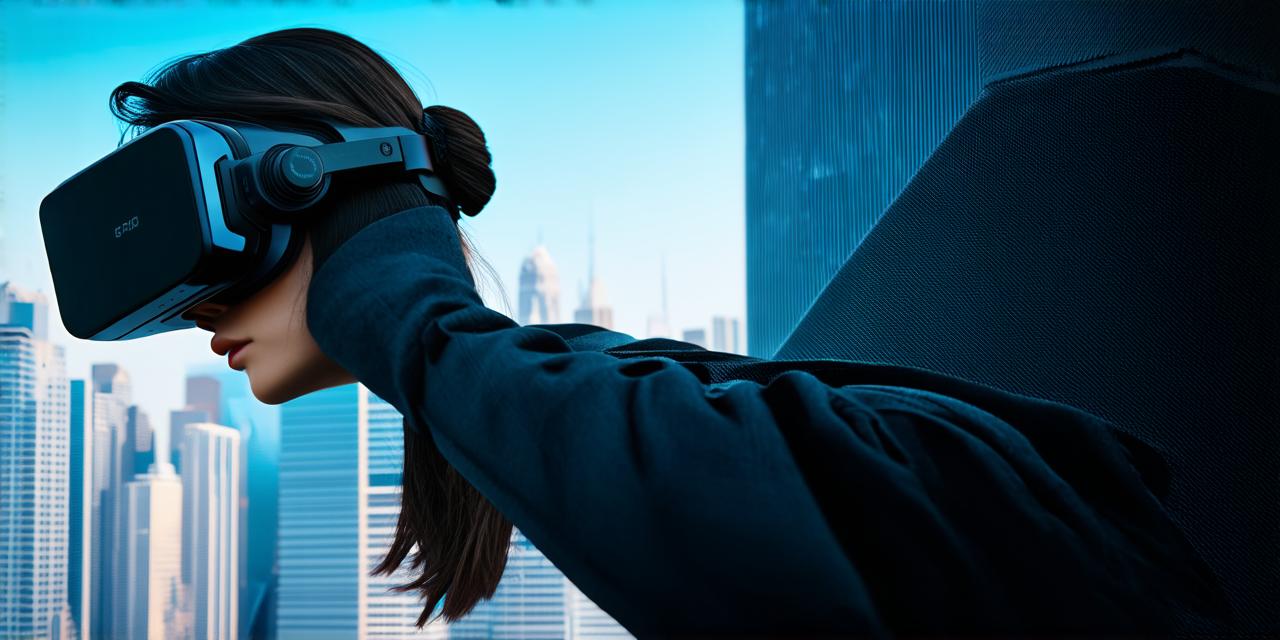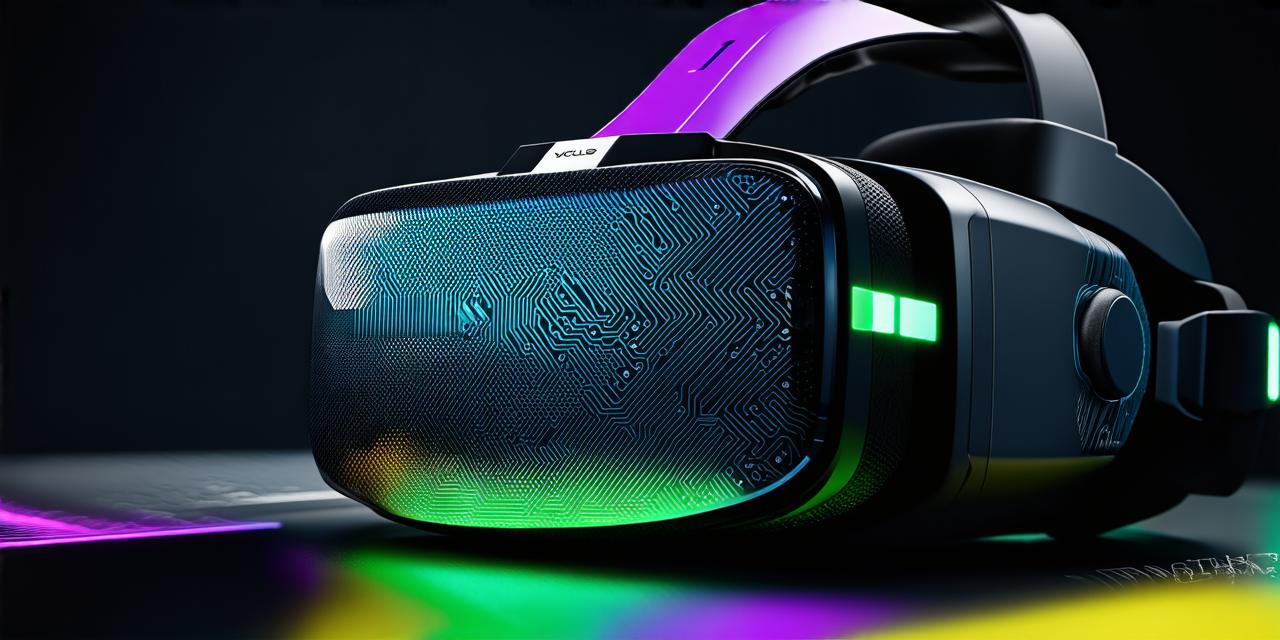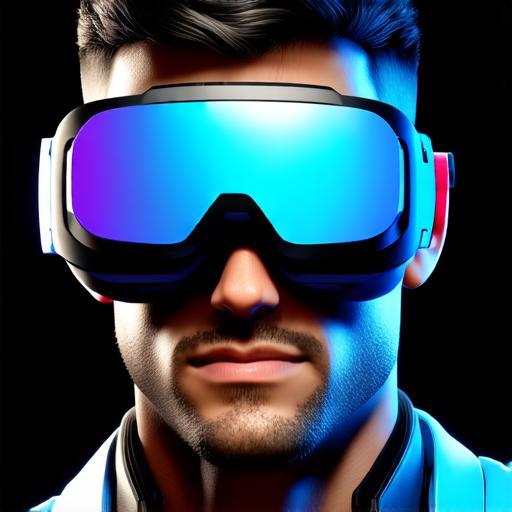
Virtual reality (VR) technology has come a long way since its inception, and virtual reality goggles are now an essential component of VR systems. In this comprehensive guide, we will explore the function of virtual reality goggles and how they contribute to immersive experiences.
We’ll also delve into the latest advancements in VR technology and how they’re shaping the future of AR development.
Virtual Reality Goggles: A Brief Overview
Virtual reality goggles, also known as head-mounted displays (HMDs), are worn on the head and provide a 360-degree view of a simulated environment. They typically consist of two screens that display stereoscopic images, which create an illusion of depth and distance.
This immersive experience can be achieved by adjusting the IPD (interpupillary distance) setting on the goggles, which determines the distance between the eyes and how they perceive depth.
How Virtual Reality Goggles Work
Virtual reality goggles work by presenting stereoscopic images to the user’s eyes through two separate screens. These screens are positioned at a slight angle relative to each other, creating an illusion of depth and distance that mimics how our eyes perceive the real world.
The goggles also have sensors that track the user’s head movement and adjust the image accordingly. This allows for a seamless transition between different viewpoints and ensures that the user remains immersed in the virtual environment at all times.
Advancements in Virtual Reality Technology
Virtual reality technology has come a long way since its early days, with advancements in both hardware and software leading to increasingly immersive experiences. Here are some of the latest advancements in VR technology and how they’re shaping the future of AR development:
Wireless Goggles
Wireless virtual reality goggles eliminate the need for cumbersome cables and allow users to move more freely while experiencing VR. These goggles are powered by high-performance batteries that provide several hours of use on a single charge, making them an ideal choice for gaming and other forms of entertainment.
Haptic Feedback
Haptic feedback technology is being used to create more immersive VR experiences by providing users with tactile sensations that correspond to the virtual environment. This can include vibrations, airblowers, and even gloves that provide a sense of touch in virtual reality.
Eye-Tracking Technology
Eye-tracking technology is becoming increasingly popular in VR, allowing for more natural interactions with virtual environments. By tracking the user’s eye movements, the goggles can adjust the image and provide feedback in real-time, creating a more intuitive and immersive experience.
Augmented Reality Integration
Augmented reality (AR) technology is being integrated into VR systems to create more interactive experiences. By overlaying digital information onto the real world, AR can be used to enhance the VR experience by providing users with additional context and information about the virtual environment.
Case Studies: Virtual Reality Goggles in Action
Virtual reality goggles are being used in a variety of industries to create immersive experiences that were previously impossible. Here are some real-life examples of how virtual reality goggles are being used:
Training and Simulation
Virtual reality goggles are being used for training and simulation purposes in fields such as aviation, military, and emergency services. By providing a realistic and immersive training experience, VR can help users develop new skills and prepare for real-world scenarios more effectively than traditional methods.
Gaming
Virtual reality goggles are revolutionizing the gaming industry by providing players with truly immersive experiences. Games that were previously limited to 2D screens can now be experienced in 3D, allowing players to interact with virtual worlds in ways that were previously impossible.
Medical Applications
Virtual reality goggles are being used in the medical field for therapy and treatment purposes. For example, they can be used to simulate surgery or provide exposure therapy for patients with anxiety disorders. By creating a safe and controlled environment, VR can help patients overcome their fears and improve their overall well-being.
The Future of Virtual Reality Goggles
Virtual reality goggles are likely to continue playing a significant role in the development of AR technology. As hardware and software advancements continue, we can expect even more immersive experiences that blur the line between virtual and real worlds.
One area where we’re likely to see further developments is in wireless goggles. As battery technology improves, it’s possible that we’ll see wire-free VR systems that provide users with even more freedom of movement.
Another area where we’re likely to see advancements is in haptic feedback technology. By providing users with tactile sensations, VR systems can create a more realistic and immersive experience that feels closer to the real world.
Conclusion
Virtual reality goggles are an essential component of VR systems, providing users with a platform for immersive experiences that were previously impossible. As VR technology continues to advance, we can expect even more immersive experiences that blur the line between virtual and real worlds.
